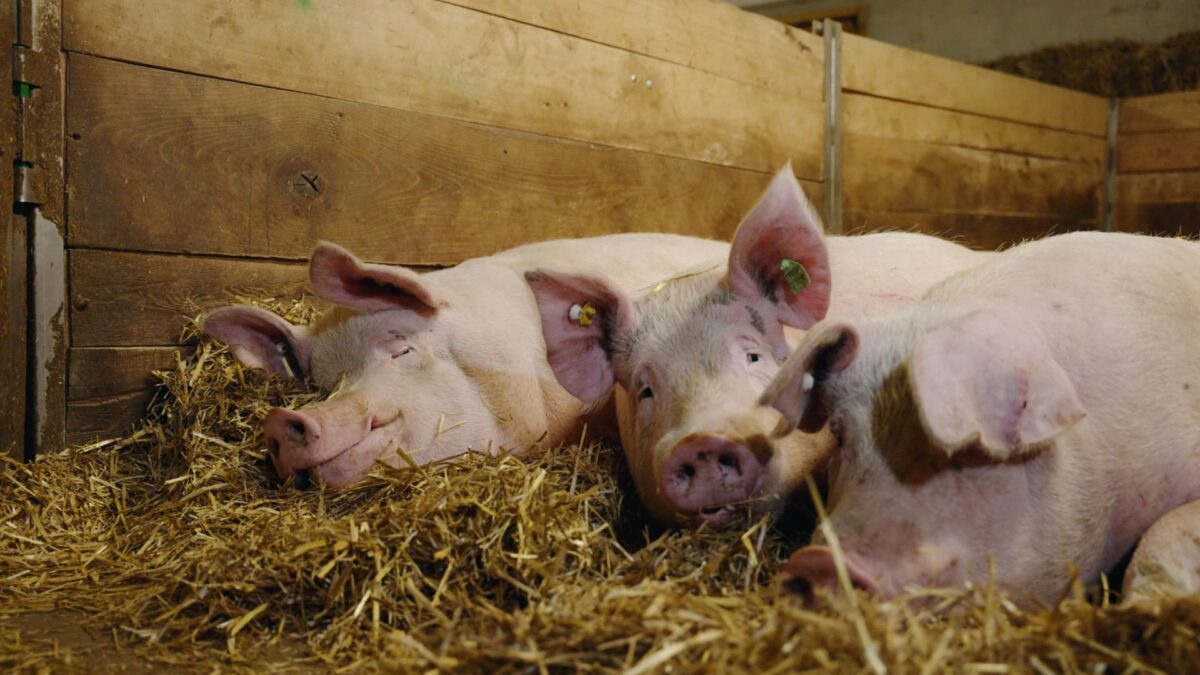Pigs
The Swiss Edelschwein is the most widespread pig breed in the country’s agricultural sector. It is descended from old local breeds that were “refined” with Yorkshire pigs. Its appearance is characterised by its prick ears. In contrast, the Swiss Landrace has hanging ears. It is the second most important breed in Swiss pig fattening. Primera is the name given to the cross between the Landrace and Edelschwein. Albeit kept more rarely, other breeds in Switzerland include the Duroc, Piétrain, Turopolje and Mangalica.


